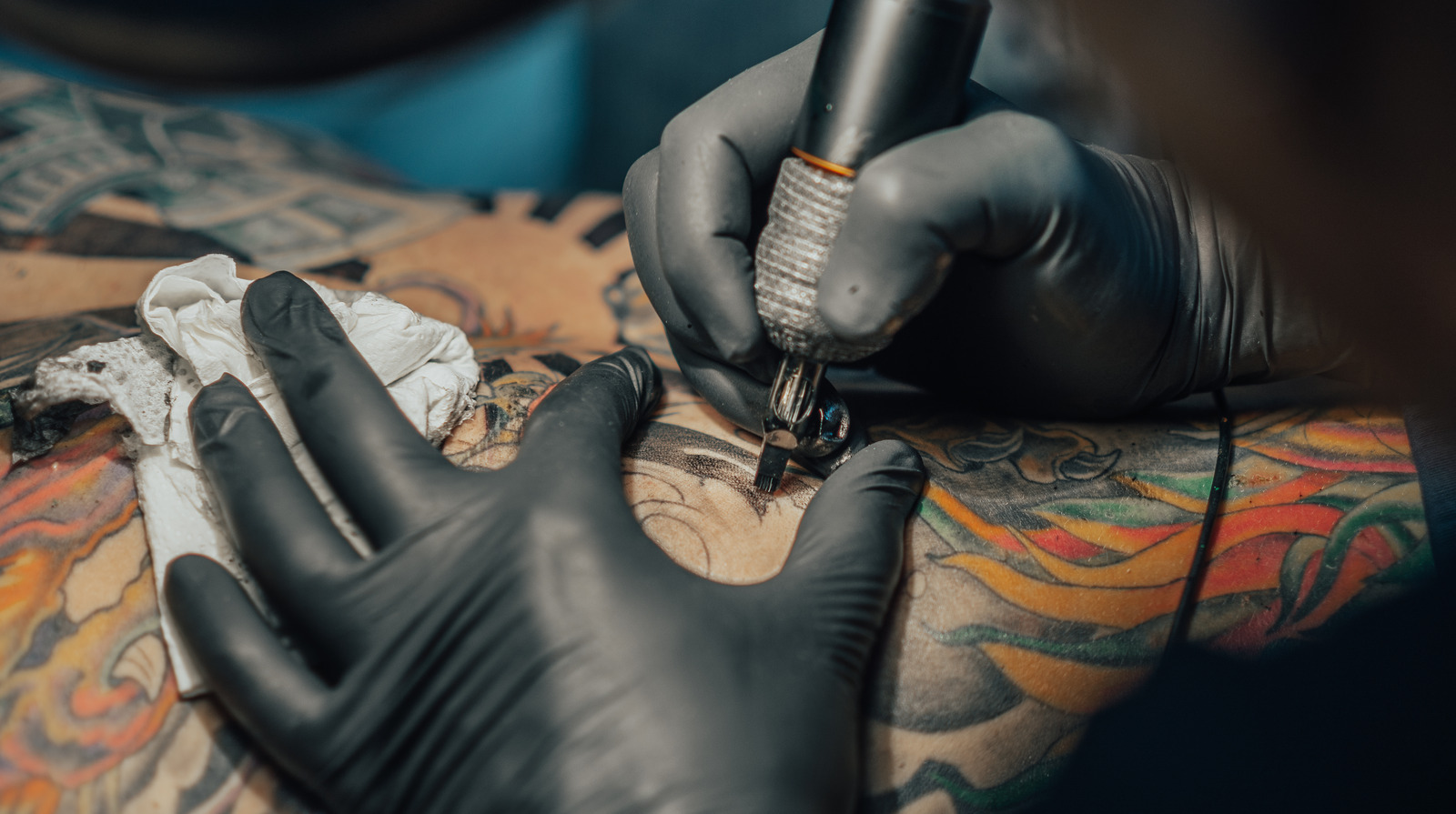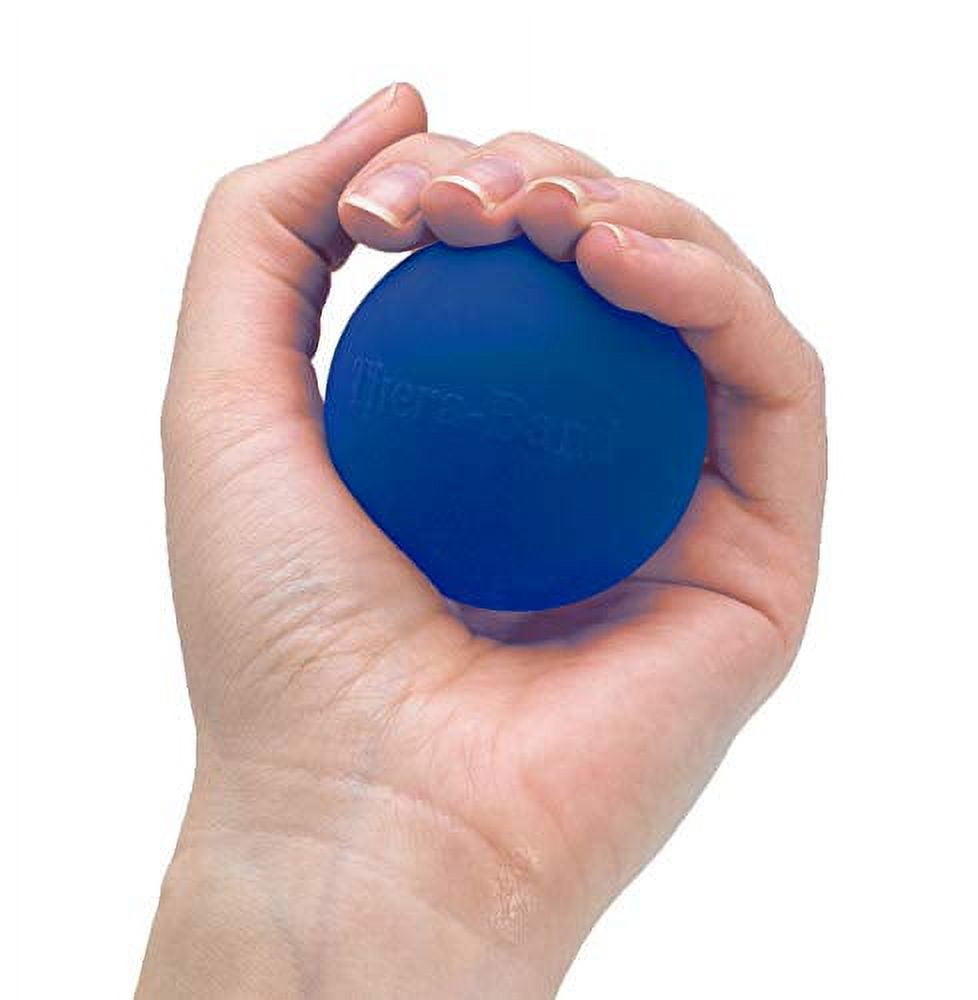
Okay, so you’re thinking about getting a sunflower tattoo, right?
Awesome choice!
But the big question nagging at you is probably something like:
"Are sunflower tattoos cheaper if I bring my own design?"
Let’s dive into that.
Honestly, it’s not a simple yes or no answer.
Does Bringing Your Own Sunflower Tattoo Design Save You Money?
Sometimes, yeah.
Other times, not so much.
Here’s the deal:
The price of a tattoo depends on a bunch of factors, not just whether you designed it yourself.
Think of it like this:
You wouldn’t expect a restaurant to charge less if you brought your own recipe, would you?
It’s about the labor, the skill, and the materials.
What Really Impacts the Price of a Sunflower Tattoo?
-
Size and Detail:
A tiny, simple sunflower outline will cost way less than a huge, hyper-realistic sunflower sprawling across your back. -
Artist’s Skill and Experience:
A seasoned artist with years of experience will naturally charge more than a newbie just starting out.
They’ve honed their skills and are worth the investment, trust me. -
Shop Minimum:
Most tattoo shops have a minimum charge, even for the smallest tattoos.
This covers the cost of setting up, sterilizing equipment, and using materials. -
Color vs. Black and Gray:
Color tattoos usually cost more because they require more ink and more time. -
Location, Location, Location:
Tattoo prices can vary based on where you live. Big cities often have higher prices than smaller towns.
Bringing Your Own Sunflower Design: The Pros and Cons
Okay, so let’s get back to your original question.
Bringing your own sunflower design can save you some money, but it’s not a guarantee.
Here’s why it might save you money:
- Less Design Time:
If the artist doesn’t have to spend hours creating a custom design for you, they might charge you less for design fees.
This is especially true if your design is already clean and ready to go.
Here’s why it might not save you money:
-
Design Adjustments:
Even if you bring in a design, the artist might need to make adjustments to ensure it translates well as a tattoo.
Things like line weight, shading, and overall composition might need tweaking.
That time spent adjusting the design will likely be factored into the price. -
Copyright Issues:
If your design is someone else’s artwork, the artist might not be able to tattoo it without permission.
This is a legal thing, and artists take it seriously. -
Artist’s Style:
Some artists prefer to create their own designs, even if you have a specific idea in mind.
They might feel more comfortable working within their own style.
Real-Life Example:
My friend, Sarah, wanted a watercolor sunflower tattoo.
She found a beautiful image online and brought it to the artist.
The artist loved the image but explained that the fine details wouldn’t hold up well over time as a tattoo.
He spent some time simplifying the design and adjusting the colors to ensure it would look great for years to come.
Sarah ended up paying a bit more than she expected, but she was thrilled with the result.
It was worth it to her to have a tattoo that would last.
Tips for Getting the Best Price on Your Sunflower Tattoo
-
Do Your Research:
Find an artist whose style you love and who has experience with similar tattoos.
Check out their portfolio and read reviews. -
Be Clear About Your Budget:
Let the artist know your budget upfront so they can work with you to create a design that fits. -
Be Open to Suggestions:
Listen to the artist’s advice and be willing to make adjustments to your design if necessary. -
Get a Quote:
Always get a quote before you commit to anything.
This will help you avoid any surprises later on. -
Consider Simpler Designs:
If you’re on a tight budget, consider a simpler sunflower design with fewer details.
FAQ: Sunflower Tattoo Edition
-
Q: What’s the best placement for a sunflower tattoo?
A: That depends on the size and design! Shoulders, upper arms, thighs, and backs are all popular choices. -
Q: What does a sunflower tattoo symbolize?
A: Sunflowers generally symbolize happiness, positivity, warmth, and longevity. -
Q: How long does a sunflower tattoo take to heal?
A: Typically, a tattoo takes 2-4 weeks to fully heal. Follow your artist’s aftercare instructions carefully. -
Q: Can I get a sunflower tattoo covered up if I don’t like it?
A: Yes, but it might require multiple sessions and a larger, darker design. Prevention is always better than a cover-up!
Ultimately, whether bringing your own sunflower design will save you money depends on the specific artist, the complexity of the design, and the shop’s policies.
The best approach is to be upfront with the artist about your budget and be open to their suggestions.
And remember, a well-done tattoo is an investment in yourself.
It’s better to pay a bit more for quality than to end up with a tattoo you regret.
So, go forth and get that awesome sunflower tattoo!
Just remember to communicate with your artist, and you’ll be shining bright.
Remember to choose the right artist and be upfront about your budget, and you’ll be well on your way to getting the perfect sunflower tattoo.







